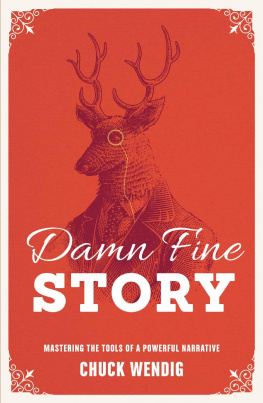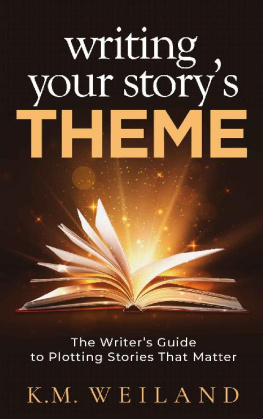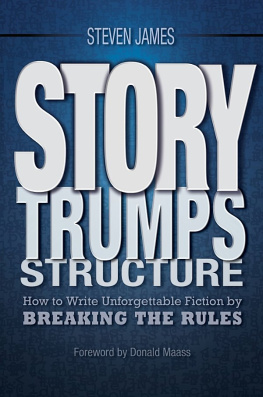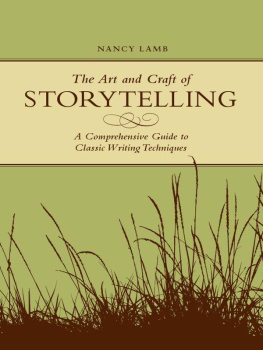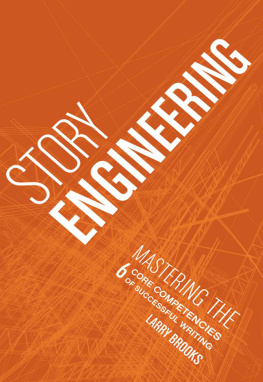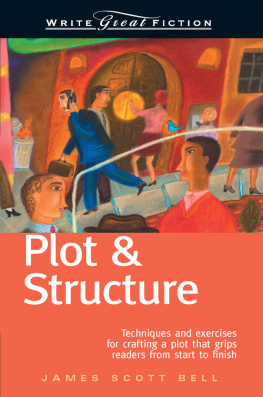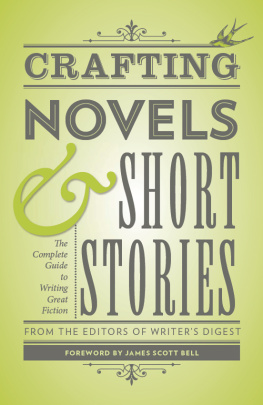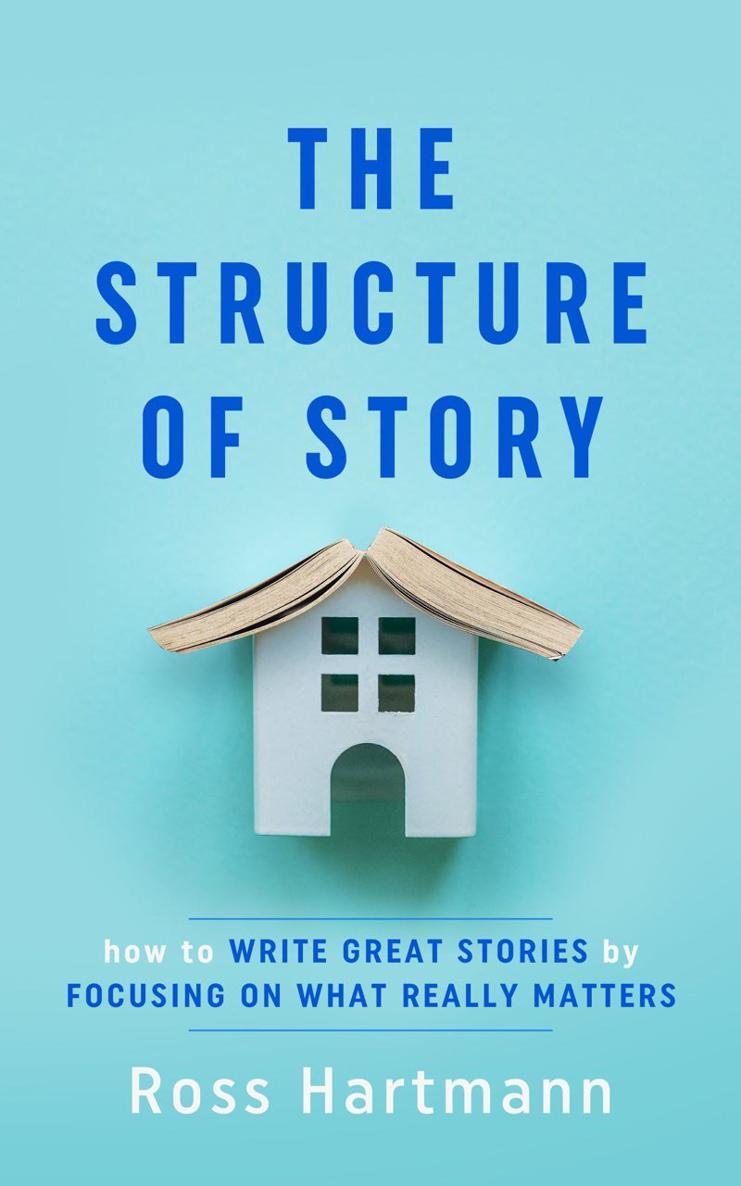The Structure of Story
How to Write Great Stories by Focusing on What Really Matters
Ross Hartmann
kiingo
Copyright 2020 by Ross Hartmann
All rights reserved.
Kiingo
No part of this book may be reproduced in any form or by any electronic or mechanical means, including information storage and retrieval systems, without written permission from the author, except for the use of brief quotations in a book review.
Edited by Esther Chilton
Book Cover Design by ebooklaunch.com
Created with Vellum
Try to leave out the part that readers tend to skip.
Elmore Leonard
Contents
Introduction
Tools, Not Rules
First Principles of Story
I. The Blueprints
Starting With an Idea
Plotting From Dramatic Tension
Desire, Opposition, and Conflict
Fear in Drama
The Protagonist and the Antagonist
Structural Opposition of Desire
Dramatic Tension and the Dramatic Question
Stakes
Manipulating Information
Suspense
Surprise
Promises
Tension
Explicit Tension
Implicit Tension
Plotting From a Dramatic Question
Plotting From Dramatic Irony
Misunderstandings
How Does a Misunderstanding Arise?
Secrets
How Are Secrets Revealed?
Plotting From Dramatic Irony
Plotting From Mystery
How to Create a Passive Mystery
How to Create an Active Mystery
Plotting From Mystery
Plotting From Convergence
Promise as Plot
Urgency and Ticking Clocks
Convergence
Plotting From Convergence
Reviewing Plotting
Starting From a Story World
Research and Development of Story World
Starting From Theme
First Principles of Theme
What is Theme?
The Dilemma Pair
Conveying Theme
The Great Decision Moment
Value System Exploration
Morality in Dilemma Pairs
Character Arc (Value System Change)
Societal Value Opposition
Character Versus Community
Community Arcs
Dramatizing a Value System
Making a Thematic Argument
Crafting From Theme
Individual Versus Community
Faith Versus Reason
Love Versus Duty
Attachment Versus Detachment
Ends Versus Means
Power Versus Morality
Easy Versus Right
Justice Versus Legality
Knowledge Versus Ignorance
Interventionism Versus Isolationism
Life Versus Death
Gratitude Versus Ambition
Short-Term Versus Long-Term
Nature Versus Nurture
Progress Versus Tradition
Find the Boundaries of Theme
Want Versus Need
Grounding Theme in Story World
Crafting From Dilemma
Crafting From Worldview and Belief
Crafting From Decision
Crafting From Obsession, Desire, and Fear
Adding Thematic Dimensions
Starting From Character
The Void and the Spine
Trauma and the Ghost
Revealing a Character's Ghost
Lie or Misbelief
Obsession
Individuation
Worldview
The Character Engine
Faade
Moral Weakness
Need
Spine
Character From Theme
A Character's Life Experience
Plot From Character
Disruptions
Disrupting a Character
Stage I Wrap-up
II. Pour the Foundation
A Brief Introduction to Story Structure
Questions and Disruptions
Questions and Answers
The Disruption and the Turning Point
The Least Important Becomes Most Important
Structure Overview
The Organic Logic of Storytelling
The Global Turning Point (Crisis)
Three-act Structure
The Midpoint
The Life Experience
Promise as the Foundation of Story Structure
Stage II Wrap-up
III. Putting up the Framing
Expanding the Story Idea
Starting From the End
Thematic Strategy
The Great Decision
Self-revelation
Life Experience
Elements of the Character's Journey
Central Story Disruption
The Initial Opportunity
The Initial Problem
The Initial Revelation
The Disruption and the Desire
Initial Disruption Possibilities
Desire / Want
Desire From the Void
Desire From False Belief
Desire From Thematic Opposition
Desire From Problem
Desire From Opportunity
Justification and Rationalization
The Impetus and Dramatic Question Moment as One
Internal Versus External Impetus
Superseding Desires
Wrapping up Desire
Need
The Lesson
Want Versus Need Pattern
Character Arc
Central Relationship (The Influence Character)
Genre and Story Form
Genre
Fantasy
Science Fiction
Horror
Myth
Action
Mystery
Thriller
Romance
Comedy
Story Form
Dramatic and Thematic Elements
Opposition
Multi-dimensional Opposition
Multi-dimensional Thematic Opposition
Philosophical Mentors and Antagonists
Multi-dimensional Dramatic Opposition
Ticking Clock
Directionality
Stakes
Plan and Strategy
Wrapping up Story Elements
Stage III Wrap-up
IV. Is the Foundation Sturdy?
Vetting a Story Idea
Vetting the Story Premise
Write What You Know?
Emotion and Experiences
Fleshing Out a Story Idea
Main Character, Protagonist, and Transformed
Who Should be the Main Character?
The Storyteller Character
Who Should be the Transformed Character?
Who Should be the Protagonist?
Character Questions
Stage IV Wrap-up
V. Rooms
How to Structure a Story: Structure, Plotting, Beats, and Pacing
The Disruption Chain
Cause and Effect
The Disruption Chain
The Disruption Chain and Causality
Woody's Disruption Chain in Toy Story
The Stages of a Disruption Cycle
Stage One: The Disruption
Effective Disruptions
Stage Two: The Debate
The Reaction Cycle
Physiological Reaction
Physical Reaction
Emotional Reaction
Analytical Reaction
Anticipation
Hesitation in the Face of Disruption (The "Refusal of the Call")
Dramatizing Inner Conflict
The Short Debate
Stage Three: The Decision
Stage Four: Action
Defining Story Structure
Structure (and Narrative) as a Chain of Disruption Cycles
What's a Scene?
The Sequel / Interlude
What's an Act? (Whats a Narrative Unit?)
Story Nomenclature
Plotting and Repetition
Plotting
The Sin of Repetition
The Beats of Character Arc
The Beats of Story
Dramatize the Moral Weakness



